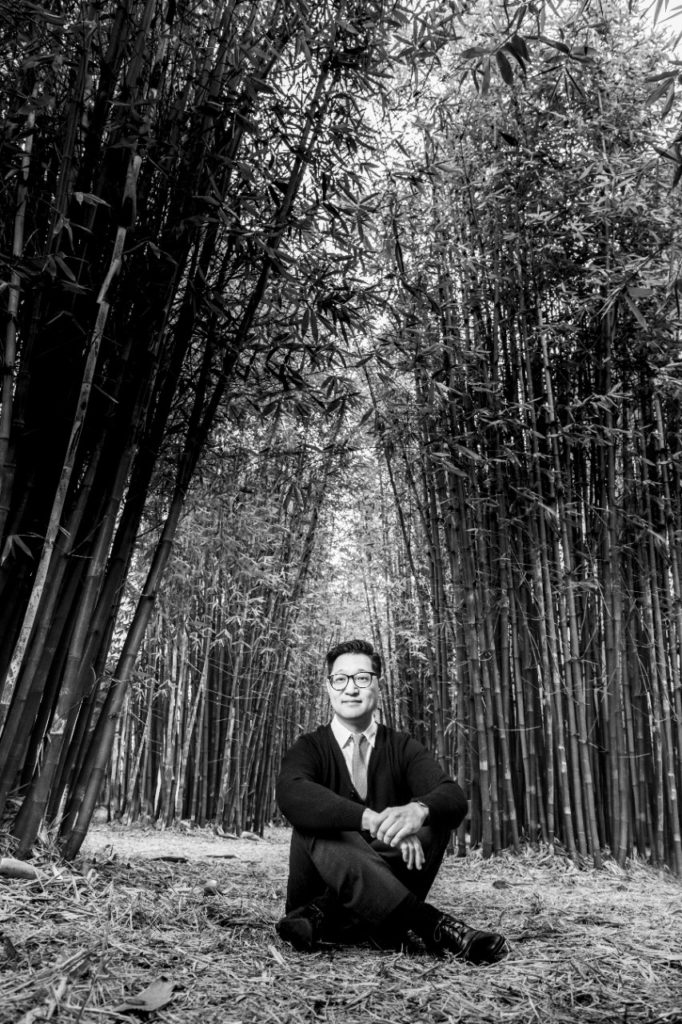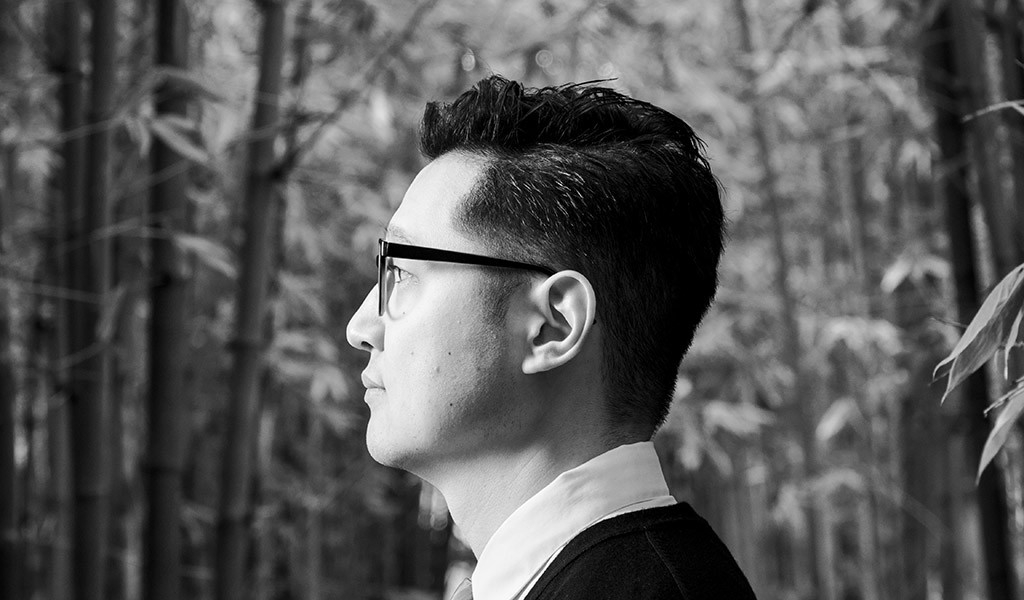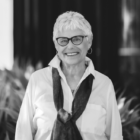The series of deadly storms that inundated California in recent weeks, causing widespread flooding and displacing elderly residents in various counties across the state, have underscored the need to protect older adults. The number of Californians over 60 is expected to climb by 166% between 2010 and 2060, according to data from the California Department of Aging. In that time period, department data projects that San Francisco’s over-60 population is expected to grow by 159% and Alameda County’s by 195%.
Against this backdrop and with extreme weather events on the rise, physician-researchers like Dr. Andrew Chang, an attending physician specializing in cardiology at the Veterans Affairs Palo Alto Health Care System and postdoctoral research fellow at the Stanford Cardiovascular Institute, are investigating how the biological mechanisms of aging and a warming world will affect the health of older adults.
In 2022, Chang and his colleagues examined medical literature to study the intricate and nuanced ways that climate change-fueled disasters and other environmental factors influence the cardiovascular health of older people. They summarized their findings in the journal Current Cardiology Reports. In an interview with the San Francisco Public Press, Chang shared some of the concerns expressed by older patients during environmental disasters like wildfires, and explained the challenges researchers often face while gathering data on this subject.
Below are excerpts from the interview, which have been edited for length and clarity.
What was the motivation for you and your colleagues to embark on researching the health impacts of climate change specifically on older adults?
In the immediate phase, the group of people who most suffers from the effects of climate change are our older adults and some of our senior citizens, and the reason for that is sort of twofold. First is, there are pretty unique biological changes that happen to the human body with aging, which actually increase the susceptibility to environmental factors. And the second thing is, there are social factors as well which make older adults less resilient against some of these events. So not surprisingly, if you look at the casualty rates from both natural disasters, as well as long-term exposures to things like air pollution, disproportionately, it is older adults who are dying from some of these conditions or developing conditions or suffering from the effects of these things. I think, very quickly, it became clear to us that the study of climate change’s effects on human health disproportionately involves the health of our older adults.
Wildfires are an ongoing concern here in the Bay Area as well as across the state. And your article explored the relationships between climate change and wildfires and cardiovascular risk for older people. Could you explain how they are linked?

The biggest thing is that older adults don’t have the same barrier functions that younger adults and younger people do. And what I mean by that is that most of the injury that happens from wildfire smoke is from inhalation. So, you breathe in particles, and particulate matter we know is highly inflammatory, and it enters your body. It enters the circulation through the tiny blood vessels called capillaries that are inside of your lungs. Older adults don’t have barrier functions at those blood vessels that are as robust as younger adults. So, you kind of have more of a leaky effect, where more of those toxins are absorbed. And then they enter into the bloodstream.
Now, not only are more toxins coming in, there’s underlying susceptibility. There’s just the normal process of aging that causes us to have reduced lung capacity. If you imagine that we’re already starting out with reduced lung capacity as an older adult, then losing even more of that is more dangerous. Similarly, just due to normal aging processes, the heart muscle becomes stiffer, the arteries are less elastic. So, any of these toxic effects basically become magnified.
And then on top of all of that, of course, older adults are more likely to have preexisting cardiopulmonary diseases — things like heart failure or high blood pressure or diabetes — and all of those things work additively or multiplicatively in terms of your injury from air pollution exposure.
Were there any other particularly startling or surprising findings that you came across as you were doing this research?
I was really surprised how so many of the deaths that are attributable to heat waves or heat events were actually cardiac rather than things coded as heat stroke or heat exhaustion. Because, I guess in my head, it had seemed that the actual exposure to the heat itself was probably going to be the biggest determinant of injury. As a clinical cardiologist, it kind of reinforced to me that heat-related injury for older adults is a cardiac problem.
Were there any challenges that you and your team experienced as you were working on this paper? Did you run into any hurdles in finding data about how climate change will affect the elderly population?
The paper that you’re referencing is … our synthesis of what the entirety of the literature looks like. In terms of data, our group also does a lot of primary research using primary sources of data. In general, in those situations, there are some challenges. One of them is that a lot of exposures tend to be gradual, over long periods of time. Things like air pollution, for example, we know climate change makes air pollution worse. But everyone experiences some amount of air pollution at baseline. So, there’s a challenge of studying something that’s sort of insidious, and occurring over a long period of time, in terms of things like air pollution.
On the flip side, studying things like wildfires or extreme heat events, which are very intense, very short exposures. Part of that is also challenging because it’s hard to gather data in the moment. When there is a natural disaster, say like a wildfire, the priority on the ground really is to evacuate people. It’s to make sure that they’re being safe, that they’re being cared for. And a lot of research ends up happening retrospectively, trying to kind of go back and cobble together what exactly happened. So, you start to lose some of that individual granularity.
You can gather much more granular data. For example, some of my colleagues are putting air sensors in people’s homes and looking forward to future wildfire seasons to see how much does that impact their health outcomes. The challenge on that side is also that’s very granular data that tends to be kind of hard and expensive to do on a large scale.
And are you currently doing any research?
I’ll speak more generally, just because these studies are ongoing. But some of the questions that we’re interested in generally are: What were the effects of specific wildfire seasons on emergency room visits? Did emergency room visits for certain types of conditions — say, asthma attacks, heart attacks, strokes — change before and after specific wildfire events?
Other things we’re looking at are things like subclinical markers. What I mean by subclinical markers is: Is there an early detection system for injuries to the organs from these insidious, prolonged exposures? To give you an example, I look at ultrasound data of the heart in older adults — people over 65 — to look at over the course of five years or so of air pollution exposure. Are there subtle findings like subtle changes that happen to the way the heart moves? The way the heart muscle moves that may mean worse things are down the line? Can we identify these things early on? Can we identify people who are at risk for worse things like heart failure down the line from air pollution exposure? So that’s another thing that I’m interested in.
In your clinical practice here in the Bay Area, do conversations about climate change come up with your older patients who have cardiovascular diseases?
The climate change issue that I field the most questions about are usually during wildfire seasons. I think part of that has to do with the visibility of it. When it looks like “Blade Runner” outside, the skies look pretty apocalyptic. I think it’s pretty clear to everybody: If you’ve ever tried to go jogging during a bad air quality day, it’s quite apparent that your heart and lungs are not happy with what’s going on. And I have to say most of our patients are also aware of that. I think that’s less of a thought during the extreme heat, because most people don’t immediately connect extreme heat events with heart disease, but I will definitely say I get a lot of questions from patients during wildfire season asking: What does this mean for me? What are the dangers to me? And most importantly, what should I do?
How can healthcare professionals help older people understand the risks of climate change?
We do know that unfortunately, older adults are less mobile and less able to evacuate in times of climate crises. I think one of the saddest statistics I’ve ever heard is that during Hurricane Katrina, over half of the people who died were over the age of 75. That really speaks to the fact that emergency planning has to be done in advance for older adults.
I know a few of the environmental agencies do in general recommend that people at higher risk for harm from these situations have a disaster response plan. And having these types of disaster management plans is something that we can and should be talking about with our patients, particularly those who live in parts of the country with seasonal emergencies like hurricanes or wildfires or extreme heat waves. I think, as of now, that’s probably something that we as clinicians should be talking about with our older and vulnerable patients that we probably aren’t doing.
While older adults overall are vulnerable to climate change threats, your paper mentioned how those experiencing poverty and structural racism are at greater risk. Could you say more about this?
People who are at a lower socioeconomic status are almost always at higher risk. Part of that has to do with the fact that a lot of current solutions that have to deal with these things involve money, things like air conditioning for heat, and the fact that people who have money and means are more likely to afford higher quality care, so they are less likely to have developed some of these risk factors even if they are the same age as somebody who may be poor.
In terms of racial, ethnic breakdowns, we’re increasingly recognizing that certain policies, for example, redlining, have marginalized certain groups of people such as African Americans to unfortunately live in parts of cities and communities that may be exposed to higher rates of air pollution — for example, near highways or industrial areas. And as you can imagine, having a higher baseline underlying rate of air pollution exposure means you’re more likely to be injured when there’s a spike in it from something like a wildfire.
Anything else you wish to add?
I think, moving forward, we shouldn’t take a paternalistic attitude. There are a lot of things that older adults can also offer in the fight against both climate change and climate change-mediated disasters. There’s a certain resilience that you gain from life experiences.
Also, older adults, a lot of them have this transgenerational thinking, this ability to imagine and advocate for a world for future generations — for their children, for their grandchildren, for their great grandchildren. That, I think, is really powerful. And in many societies, like First Nations societies, elders are quite respected and are important decision makers. Anything that we do in terms of policy, we need to make sure that older adults are equal partners in the decision making, and that we try to leverage their specialized skill sets or their strengths or their worldviews in order to craft our responses to these things, because we’d be surprised at a lot of the strength and resilience that we’ll find from our elders.
This Q&A, the first in a series of stories on the health impacts of climate change on older adults, was produced with the support of a journalism fellowship from the Gerontological Society of America, the Journalists Network on Generations and the Archstone Foundation.









